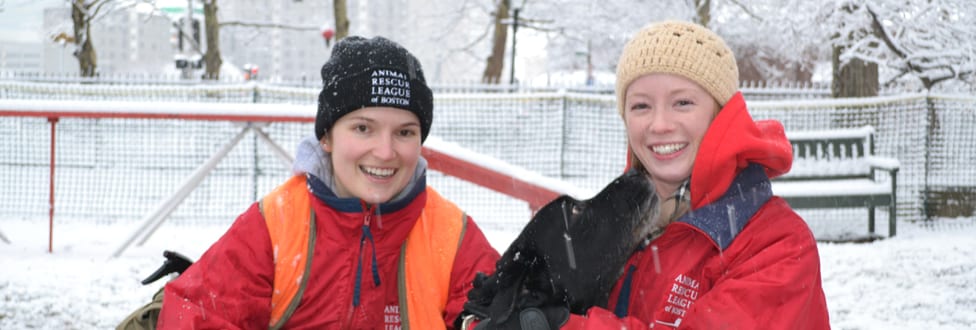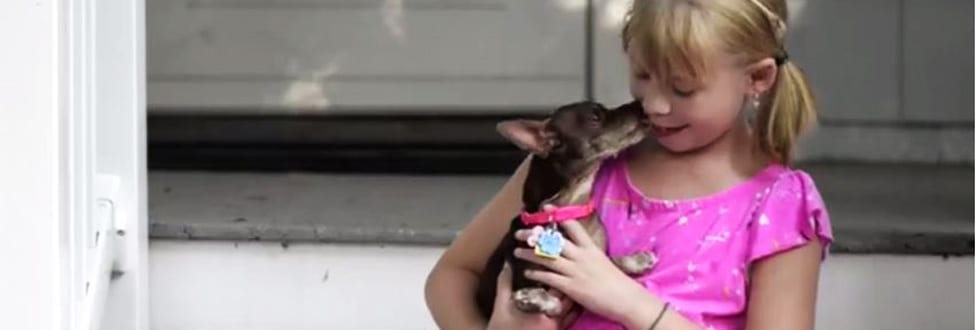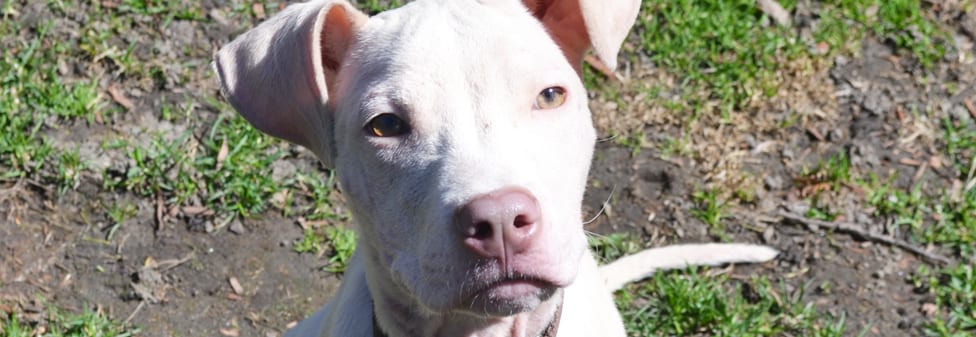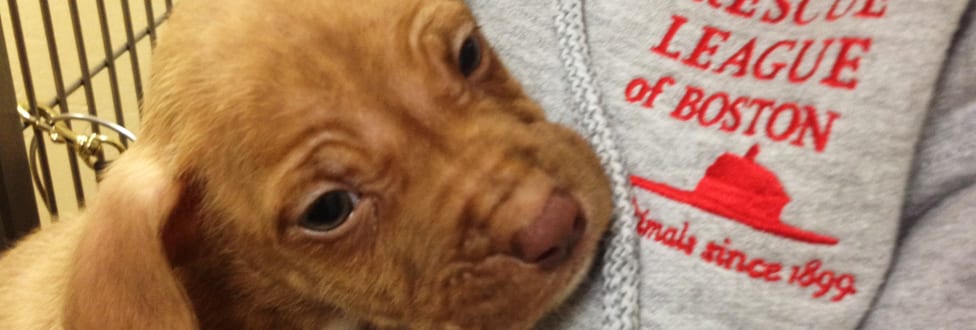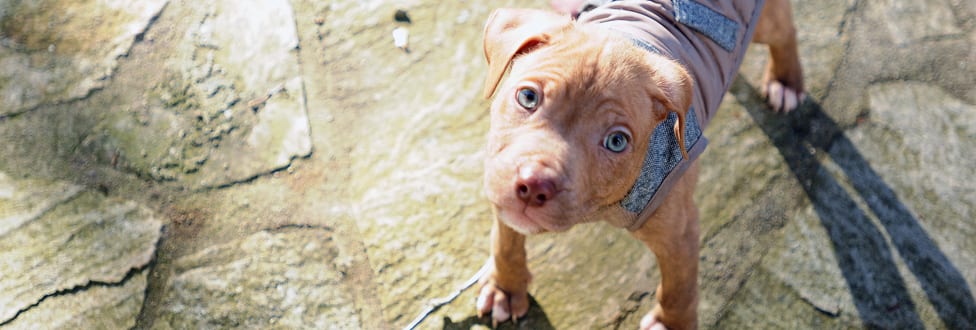Lt. Borgal on the Link Between Animal Cruelty and Community Violence [VIDEO]
As a reminder that April is Prevention of Cruelty to Animals month, today we’re sharing a video featuring Lt. Alan Borgal, the Animal Rescue League of Boston’s (ARL) Director of Law Enforcement. Lt. Borgal emphasizes the link between cruelty to animals and family and community violence and encourages you to contact local authorities if you suspect animal cruelty or neglect. Remember YOU can give a voice to the victims of animal cruelty, if when you see something, you say something!
A very special thanks to GreatGrandPaws for producing the video for us!
Not sure if it’s animal cruelty? Learn the 7 warning signs.




 Thank you to all who participated in and submitted questions to
Thank you to all who participated in and submitted questions to 